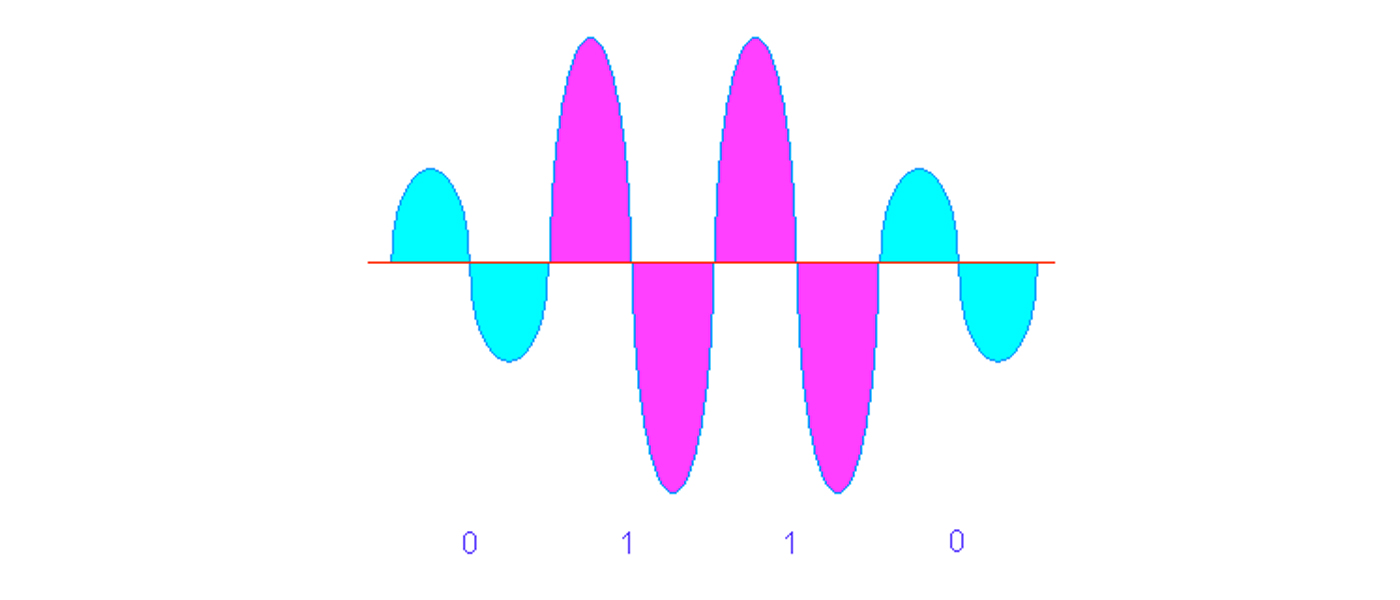Dolby Digital (DD) is available on the later laserdiscs (AC-3 is the codec, and Dolby Digital is the marketing term) and all DVDs. Laserdisc players equipped for DD have an RF output jack that is connected either directly to receivers that have an AC-3 RF input, or to an outboard RF demodulator that is then connected to the DD digital input on the receiver. Dolby Digital is referred to as a 5.1 channel system, which means that there are 5 discrete (separate) channels of surround sound and 1 channel for a subwoofer or possibly special effects. The audio bits from all 6 channels (5 + the .1) are carried in the right analog channel of laserdiscs, using a technique called data reduction (compression). The left analog channel contains a mono version of the movie sound track or audio commentary by the director. Older laserdisc players can be adapted for use with Dolby Digital, but the player must be sent to specialty shops for this modification, and it costs about $400. DIY mods for this cost about $75.
There is another 5.1 digital surround format competing with DD, called DTS, and which is available on numerous laserdiscs, DVDs, as well as CDs. DTS occupies the two digital tracks on the laserdisc rather than the right analog track as is the case for Dolby Digital (DD). DTS uses less compression (called “lossy” as opposed to a “lossless” audio format) than DD, but DD technology encodes only those sounds that the ears (brain) pay attention to, governed by psychoacoustic principles. This is called “Perceptual Coding”. The algorithms (mathematical formulas) that govern the coding and decoding process of DD and DTS are called “Codecs” (CodingDecoding). Encoded DD sound utilizes 384 kilobits per second for all 5.1 tracks, compared to about 1.5 megabits per second for both of the regular two track stereo CD sound. DTS uses somewhat higher bitrates than DD, but still not nearly as much as a regular CD. Both DD and DTS can have up to 24 bit word lengths but are often 20 bit or even just 16 bit depending on the amount of space the DVD producer wants to use. Even at 24 bit though, DD and DTS are both still compressed formats.
DVDs with DTS encoded sound are now available, both as DVD-A and DVD-V (movies). Although some of the earlier DVD players would not output the DTS bitstream, they all do now. They have a logo on the front that says “DTS Digital Out” to let you know they are DTS compatible.
If you have an HDTV, you should purchase a DVD player that has component video outputs and progressive video out, so that you can get the most from the DVDs. The progressive video will be part of the signal emerging from the component video jacks on the player. This will eliminate scanning lines and provide superb color quality


